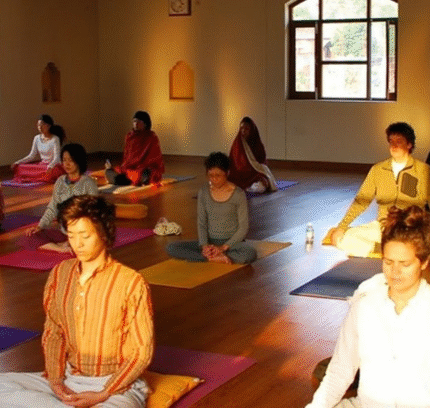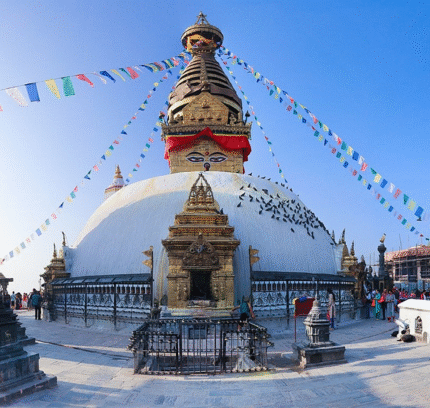🌟 Golden Triangle – 06 Nights / 07 Days
Private Guided Tour | Delhi – Jaipur – Agra – Delhi
India’s iconic trio of heritage, culture, and color.
This classic 7-day Golden Triangle tour takes you through three of North India’s most captivating cities – Delhi, Jaipur, and Agra – each offering a glimpse into the grandeur of India’s Mughal and Rajput past.
From the bustling lanes of Old Delhi to the romantic majesty of the Taj Mahal and the royal pink streets of Jaipur, this journey reveals India’s architectural wonders, vibrant markets, and rich cultural tapestry – all with private service, local expert guides, and seamless comfort.
✅ Tour Highlights:
-
Explore the historic sights of Old & New Delhi, including Jama Masjid, Qutub Minar, and Raj Ghat
-
Ride a cycle rickshaw through Chandni Chowk’s buzzing bazaars
-
Visit the majestic Amber Fort with a jeep ride
-
Stop at the iconic Hawa Mahal, explore the City Palace and Jantar Mantar observatory in Jaipur
-
Discover the mystical stepwells of Abhaneri and the abandoned Mughal city of Fatehpur Sikri
-
Marvel at the sunrise view of the Taj Mahal, visit Agra Fort and the exquisite Itimad-ud-Daulah
🛏️ Inclusions:
-
6 Nights in well-reviewed hotels (3*/4*/5* customizable)
-
Daily breakfast
-
All transfers and sightseeing in a private air-conditioned vehicle
-
Local English-speaking guides in each city
-
Monument entrance fees per the itinerary
-
Rickshaw ride in Delhi & Jaipur markets
-
Jeep ride to Amber Fort
-
All applicable taxes and driver allowances
🗓️ Duration:
7 Days / 6 Nights
Route: Delhi → Jaipur → Agra → Delhi
🔒 Type of Travel:
Private Guided Tour (ideal for families, couples, and first-time travelers)
📌 Ideal For:
History Buffs | Cultural Explorers | First-Time Visitors to India | Photographers | Short Vacations
💬 Why Choose This Tour?
The Golden Triangle circuit is India’s most legendary route – and for good reason. From royal forts to Mughal tombs and lively bazaars to serene gardens, this itinerary packs in the essence of North India’s golden heritage in just one seamless, expertly managed journey.








Reviews
There are no reviews yet.